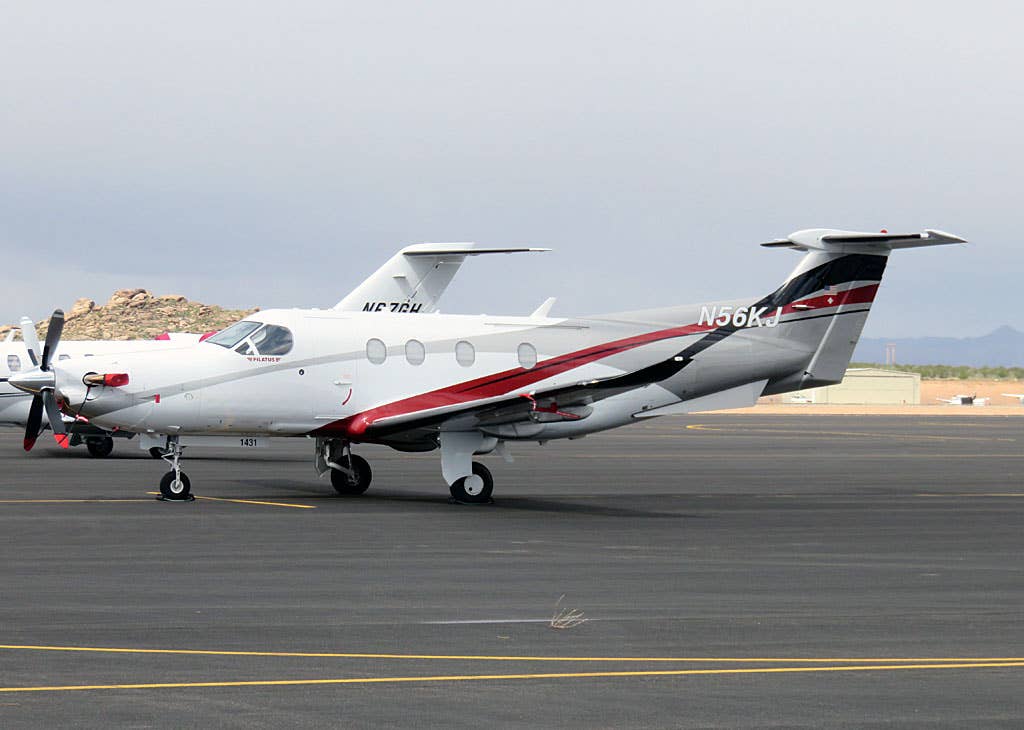Stall Warning And Stick Shaker Active In SD PC-12 Crash
The stall warning and stick shaker were active almost immediately after liftoff in the Pilatus PC-12 that crashed soon after departure from the Chamberlain Municipal Airport in South Dakota in…

Image: Ian Ossy
The stall warning and stick shaker were active almost immediately after liftoff in the Pilatus PC-12 that crashed soon after departure from the Chamberlain Municipal Airport in South Dakota in late November, according to the NTSB preliminary report released today. Of the 12 on board, eight perished, including the pilot, with three seriously injured.
The flight was departing Chamberlain for Idaho Falls around midday in the middle of some difficult early season weather. According to the NTSB prelim, the aircraft was fueled the morning before the flight and “remained parked outside on the ramp and the group stayed at a local lodge for the night. The following morning, the pilot and one passenger were driven to the airport. Witnesses reported that they worked removing the snow and ice from the airplane for approximately 3 hours, and were joined by the remaining passengers shortly before the accident flight.”
The pilot requested and was given an instrument clearance from Minneapolis center but never made contact after takeoff. The NTSB report says that a witness “located about 1/2-mile northwest of the airport reported hearing the airplane takeoff. It was cloudy and snowing at the time. He was not able to see the airplane but noted that it entered a left turned based on the sound. He heard the airplane for about 4 or 5 seconds and the engine seemed to be ‘running good’ until the sound stopped.”
The NTSB was able to recover digital flight data from the Pilatus. It revealed that right after takeoff, the PC-12 “immediately entered a left turn; the airplane rolled left to about 10° during the takeoff rotation. The roll decreased to about 5° left as the airplane climbed through about 170 ft. above ground level (agl), and then reversed to about 5° right before rolling left again, reaching 64° left at the airplane's peak altitude of approximately 460 ft agl. The airplane then entered a descent that continued until impact.”
According to the recovered flight data, the Pilatus’ stall warning and stick shaker “became active approximately 1 second after liftoff. The stick pusher became active about 15 seconds after liftoff. All three continued intermittently for the duration of the flight.” “The airspeed varied between 89 and 97 knots (kts) during the initial climb; however, it decayed to approximately 80 kts as the airplane altitude peaked at 460 ft agl and the roll angle reached 64° left.”
At the time of departure, the weather included a 500-foot overcast ceiling with half a mile visibility in moderate snow. The temperature and dew point were both 1°C / 33°F. The NTSB also has recorded cockpit audio that it will study to understand what was happening during this very brief flight.






